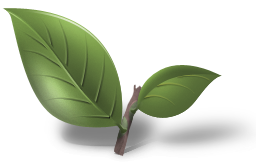Curious if we could make a running list of teaware clays that are known to have a generally "neutral" effect on most teas.
Even though it may be sacrilegious to some, I think I may not be alone in my desire to handle and use teaware that looks and feels something like 'traditional unglazed yixing' ; but brews rather neutrally, somewhat akin to porcelain ------ I am very keen on exploring teas "as they are" - & - am also a huge fan of fragrance and bright top notes on the nose and in the cup, and those are aspects I want to keep or potentially even enhance (in say, greenish oolongs, etc).
There is of course a time and place for glass/porcelain gaiwan (which is the obvious answer here) - but sometimes that is just not the aesthetic experience you want when drinking a tea. There's something special about handling classic red/brown/purple clay teawares that I would love to incorporate into my routine, without altering the taste of the teas too much.
---------------
Looking for examples of:
I read in other threads that some modern mass produced taiwanese clay teaware might fit the bill.
The work of potter Inge Nielsen comes to mind, with glazed pieces that retain traditional aesthetics.
Open to the full spectrum of quality: low / high / mass produced / handmade etc. Chinese / Japanese / Taiwanese, doesn't matter
Just wanna know whats out there, and learn more about it!
----------------
This a topic that gets flirted with in other threads here and there, but I think it is a unique enough "type" of teaware that warrants its own thread ---
As the old saying goes: "One man's boring non-reactive dud of a teapot is another man's neutral treasure"
